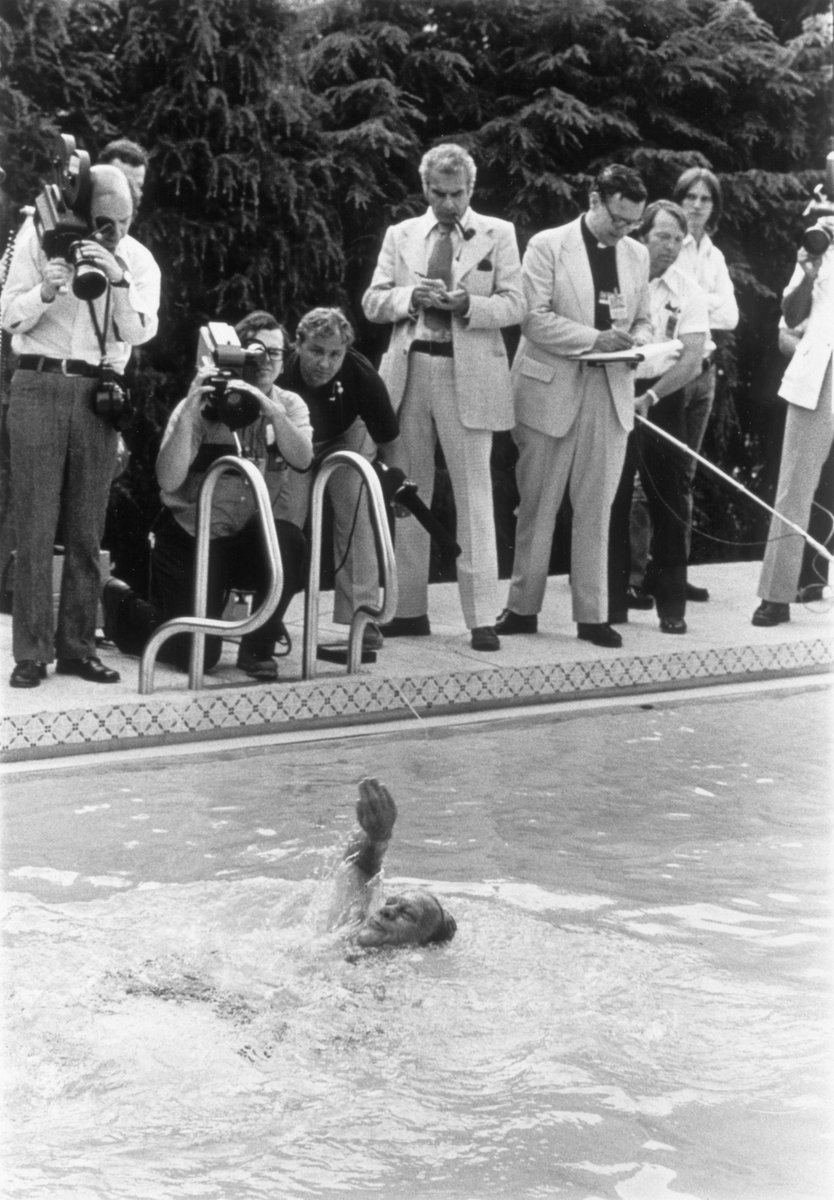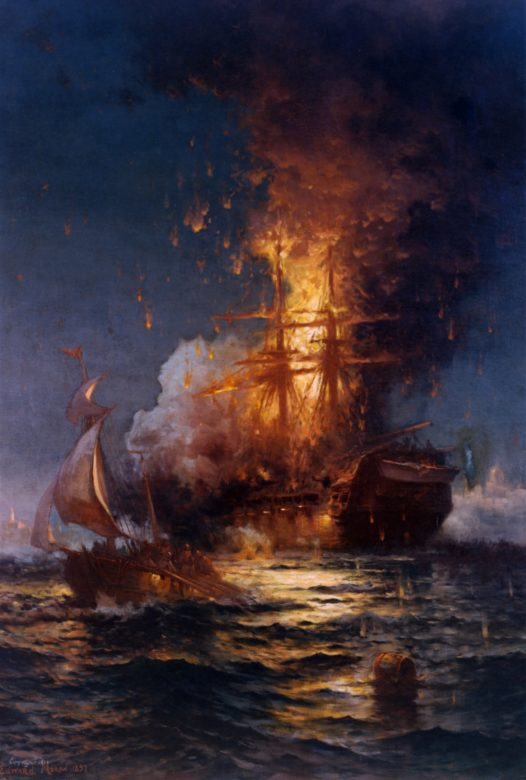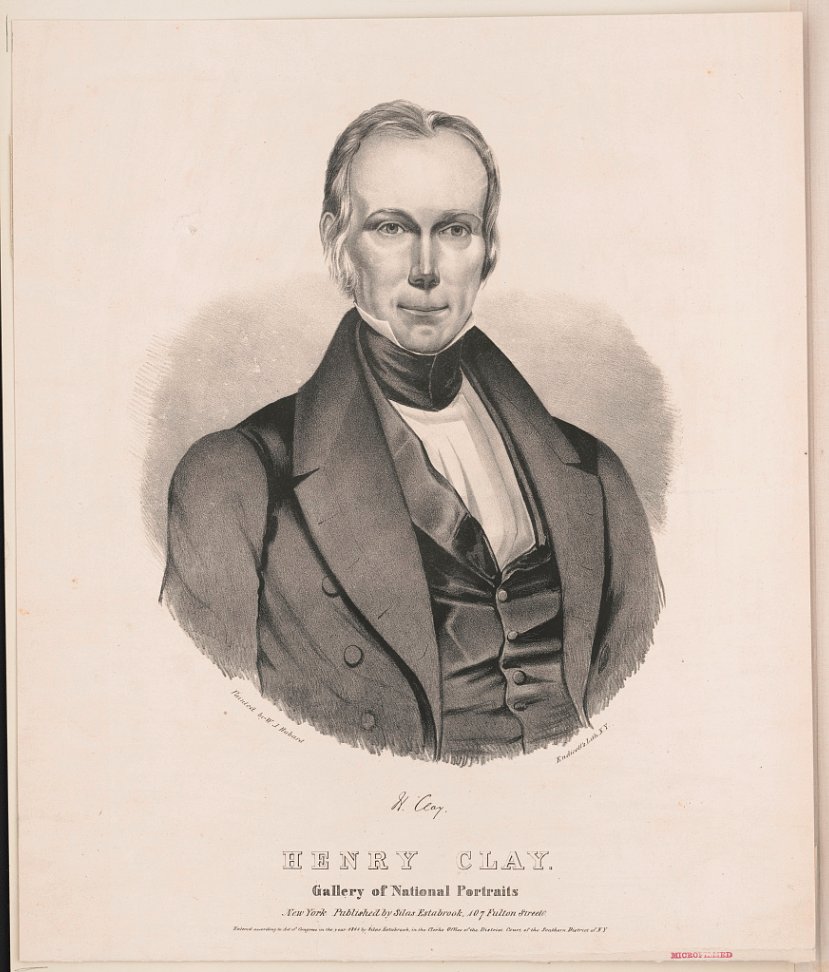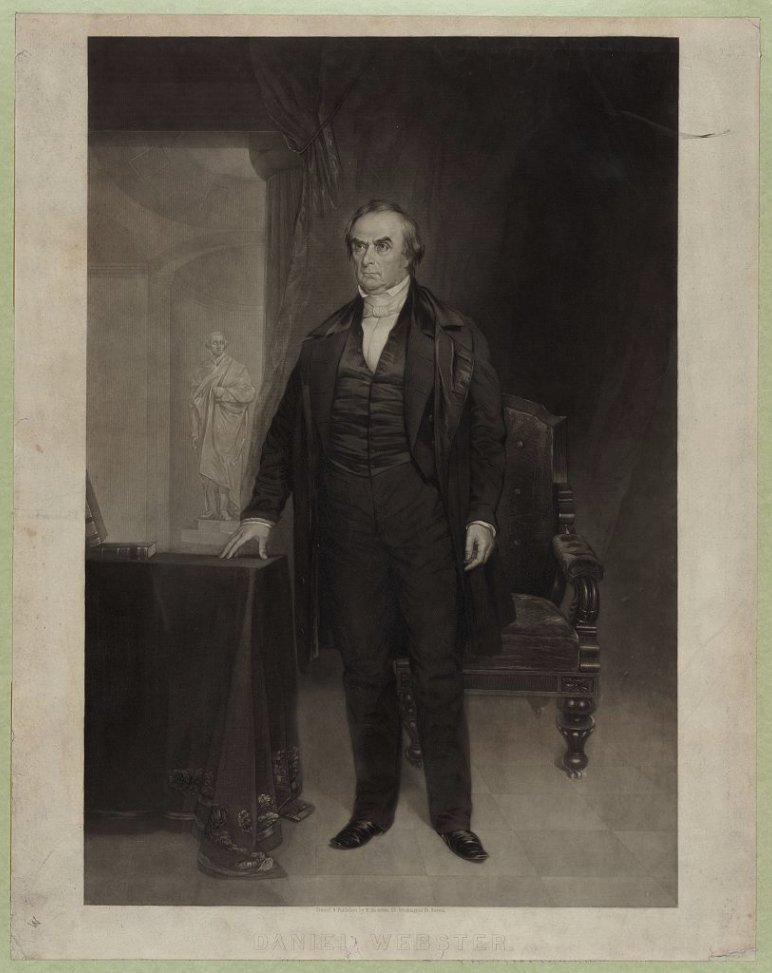
Sports are an important window into the history of the White House. What do the sports facilities in today’s thread suggest to you about the presidential administrations that installed and used them? (1/7)
https://twitter.com/FLOTUS/status/1181700604353220608
The White House tennis court, first built in 1902 behind the West Wing, was moved to the west side of the South Lawn in 1909. Here, President Gerald Ford and his son, Steve, play tennis on the White House court in 1974. (2/7)
Credit: National Archives and Records Administration
Credit: National Archives and Records Administration

A heated indoor swimming pool was built in 1933 for Franklin D. Roosevelt's therapy as he was disabled by polio. During President Richard Nixon's first term, this space in the West Wing was converted into the Press Room. (3/7)
Credit: National Archives and Records Administration
Credit: National Archives and Records Administration

The Ford administration installed an outdoor pool on the South Lawn in 1975. Here, President Gerald R. Ford swims as reporters look on. (4/7)
Credit: Gerald R. Ford Presidential Library and Museum / NARA
Credit: Gerald R. Ford Presidential Library and Museum / NARA

Bowling lanes were first installed in 1947 in the basement of the West Wing but were moved to the Old Executive Office Building in 1955. In 1973, President and Mrs. Nixon had this one-lane alley built in an underground workspace. (5/7)
Credit: White House Historical Association
Credit: White House Historical Association

A jogging track was built around the driveway of the South Grounds during President Bill Clinton's first term. (6/7)
Credit: William J. Clinton Presidential Library and Museum / NARA
Credit: William J. Clinton Presidential Library and Museum / NARA

President Dwight D. Eisenhower had a putting green with a small sand trap installed outside the Oval Office. This practice green was removed in the 1970s, and a new green was installed during the presidency of Bill Clinton. (7/7)
Credit: White House Historical Association
Credit: White House Historical Association

• • •
Missing some Tweet in this thread? You can try to
force a refresh















